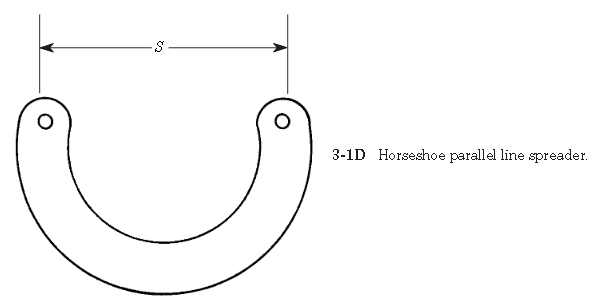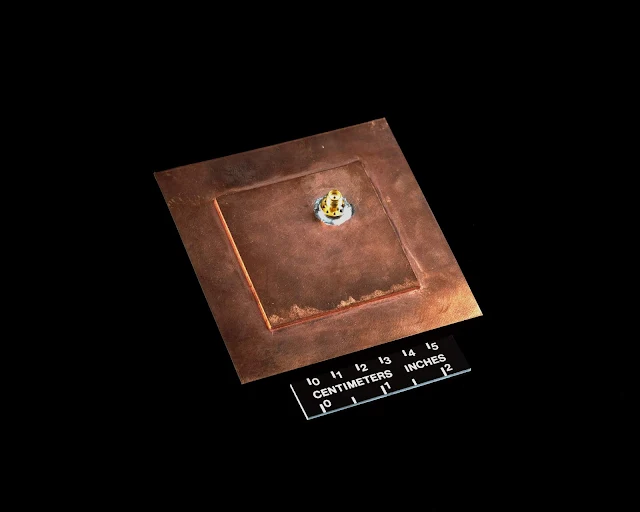Dipole Antenna: What is it? (And the Types of Antennas) -
What is a Dipole Antennas?
A dipole antenna (also known as a doublet or dipole aerial) is defined as a type of RF (Radio Frequency) antenna, consisting of two conductive elements such as rods or wires. The dipole is any one of the varieties of antenna that produce a radiation pattern approximating that of an elementary electric dipole. Dipole antennas are the simplest and most widely used type of antenna.
A ‘dipole’ means ‘two poles’ hence the dipole antenna consists of two identical conductive elements such as rods or metal wires. The length of the metal wires is approximately half of the maximum wavelength (i.e.,= Lambda/2) in free space at the frequency of operation.
In a perfect antenna, that is self-supported many wavelengths away from any ob-ject, Eq. 6.1 will yield the physical length. But in real antennas, the length calculated
above is too long. The average physical length is shortened by up to about 5 percentbecause of the velocity factor of the wire and capacitive effects of the end insulators.A more nearly correct approximation(remember that word, it's important) of ahalf-wavelength antenna is
where
L is the length of a half-wavelength radiator, in feet
FMHz is the operating frequency, in megahertz
ExampleCalculate the approximate physical length for a half-wavelength di-pole operating on a frequency of 7.25 MHz.
Solution :
or, restated another way:
It is unfortunate that a lot of people accept Eq. 6.2 as a universal truth, a kind ofimmutable law of The Universe. Perhaps abetted by books and articles on antennasthat fail to reveal the full story, too many people install dipoles without regard for reality. The issue is resonance. An antenna is a complex RLCnetwork. At some fre-quency, it will appear like an inductive reactance (X= +jXL), and at others it will appear like a capacitive reactance (X=–jXC). At a specific frequency, the reac-tances are equal in magnitude, but opposite in sense, so they cancel each other out:XL–XC= 0. At this frequency, the impedance is purely resistive, and the antenna issaid to be resonant.The goal in erecting a dipole is to make the antenna resonant at a frequency that isinside the band of interest, and preferably in the portion of the band most often used bythe particular station. Some of the implications of this goal are covered later on, but forthe present, assume that the builder will have to custom-tailor the length of the an-tenna. Depending on several local factors (among them, nearby objects, the shape ofthe antenna conductor, and the length/diameter ratio of the conductor) it might provenecessary to add, or trim, the length a small amount to reach resonance.
Reference:Practical Antenna Handbook -Joseph Carr


























